At the end of June, the U.S. State Department released its annual Trafficking in Persons Report, a comprehensive review of the global state of human trafficking. This report indicates that “Ghana is a source, transit, and destination country for women, men, and children” affected by human trafficking. These findings stem, in part, from persistent child labor and forced labor in Ghana’s fishing industry, where poor Ghanaian children are recruited by brokers to fish in Ghana’s Lake Volta region.
The Trafficking in Persons Report assigns countries to one of three “tiers” based on their efforts to meet minimum standards to eliminate trafficking. Based on its findings, the State Department placed Ghana on the “Tier 2 Watch List.” This designation means Ghana does not fully meet minimum standards to eliminate trafficking and, although the government is increasing its efforts on this front, it has not demonstrated overall improvement since last year. This is the second consecutive year Ghana has been placed on the Tier 2 Watch List. Without significant improvement, Ghana could be automatically downgraded to Tier 3—the lowest ranking—in 2017, making it subject to restrictions on U.S. development aid including potentially costing Ghana more than $500 million in U.S. assistance.
The State Department’s findings on Ghana are an important reminder for advocates, companies, and governments that human trafficking in fishing is a global problem. Over the last year and a half, attention has focused primarily on Thailand in part due to a 2015 Pulitzer Prize-winning series exposing the nature and extent of trafficking and forced labor in Thailand’s fishing industry. Subsequent pressure from consumers, advocates, global retailers, and importing governments has pushed Thailand to begin addressing these issues.
This year’s Trafficking in Persons Report recognized Thailand’s efforts on this front, moving it from a Tier 3 ranking (indicating no effort to meet minimum standards to eliminate trafficking) to a Tier 2 ranking. Although the TIP report acknowledges that trafficking is still a “significant concern” in Thai fishing, this upgrade reflects progress.
Ghana’s ranking in the report, compared to Thailand’s, highlights the importance of finding global solutions to forced labor and trafficking in fishing. External pressure on Thailand prompted action, while Ghana’s efforts have stagnated. And although there are important differences between trafficking in Thailand’s shrimp industry and Ghana’s small-scale fishing industry, fish caught by Ghanaian children does find its way into global supply chains. Smoked tilapia from Lake Volta, for example, is exported to retailers in the United States and Europe. Furthermore, investigative reporting indicates that Ghanaian workers have been trafficked onto fishing vessels in other nations. A 2015 Guardian exposé uncovered Ghanaian migrant workers, along with Filipino, Egyptian, and Indian fishers, subjected to trafficking and forced labor on Irish fishing boats.
These issues reinforce that human rights abuse in fishing is a global issue, and that the failure to recognize this could mean the continued exploitation of workers in other production locations, like Ghana. A more global solution that leverages progress and lessons learned in places like Thailand, however, can bring real change. The entire industry needs a set of human rights standards that apply across the supply chain, from local suppliers to brands and retailers who source globally and from multiple regions. And because the industry transcends national borders, companies, importing and exporting governments, and civil society groups need to work together to establish a governance mechanism to enforce these standards.
Nicole Kenny is a Graduate Fellow with the Center and NYU Stern/Wagner alumnus.


